Donald Trump was on his way to win re-election in November, and he was practically unstoppable. If Hillary Clinton could not beat him with both clever facts and logics 4 years ago, no Democratic candidates could defeat him this round. Since Trump was elected, the Dow Jones Industrial Average had soared by more than 50% to more than 29,000 points, despite the U.S.-China trade war.
In essence, 100 million Americans who have 401(k)s and 42 million households who have individual retirement accounts would have had benefited from the bullish stock market. Since Trump officially took office in January 2017, the economy had added 6.2-million jobs in 33 months (7-million jobs if you calculate after his election in November 2016).
More importantly, unemployment had fallen from 4.8% to 3.5% – the lowest in almost 50 years – with African American and Hispanic unemployment at historic lows. Considering that no president running for re-election in the post-war era has been defeated with unemployment at less than 7.4%, obviously Trump was undefeatable. But all that was in the early February.
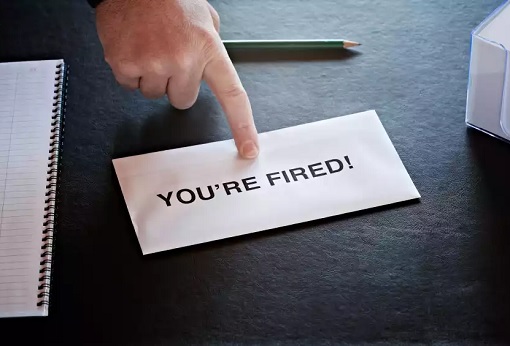
Today, thanks to Coronavirus, Trump may lose his re-election. The Dow Jones has plunged to 23,900 – still acceptable. But the unemployment sucks big time. Last month, more than 22 million Americans have lost their jobs since the U.S. government shut down all the essential business in an attempt to stop the spread of the Covid-19 disease.
It was a big deal because roughly all of the jobs that were added after the Great Recession in 2008 are now gone within one month since the March’s explosion of Coronavirus. The April job report, due this Friday, will most likely reveal the highest U.S. unemployment rate on record – estimated to be between 15% and 20%, translating to a mind-boggling 30 million jobless workers.
That could only mean one thing – President Donald Trump will get more defensive and more dangerous. When he gets defensive, he will blame everyone but himself. When he gets dangerous, he will go nuclear and do crazy things. He simply can’t handle the truth. And the truth is he had screwed up spectacularly in the handling of the Coronavirus pandemic.
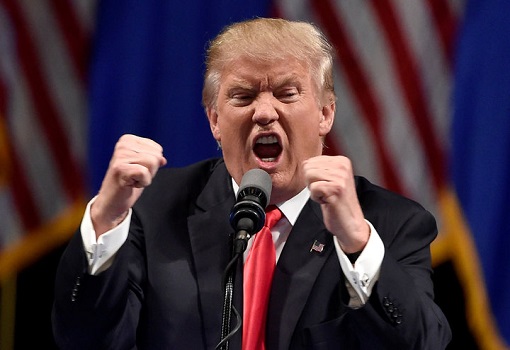
The latest report from the Miami Herald (May 6) says buried data revealed by the Florida health department showed that there were at least 170 COVID-19 patients with symptoms between Dec 31 2019 and Feb 29 2020 – suggesting that the spread of the virus had begun in January, if not early. Testing in Florida wasn’t available until late February, which means healthcare officials might have mistaken it for flu.
That would mean not only Trump was incompetent and irresponsible in downplaying the severity of the initial outbreak for the entire month of February, repetitively telling the Americans that everything was under control, but also that it doesn’t hold water for Trump to accuse China of not telling him earlier what was happening so that he could prepare earlier.
On December 31, 2019, China alerted the WHO (World Health Organization) to several cases of unusual pneumonia in Wuhan, a city of 11 million people. The first death in China was announced on January 11. The first recorded case outside of China happened only on January 13 in Thailand. Yet, the Covid-19 had already started on December 31, 2019 in Florida.
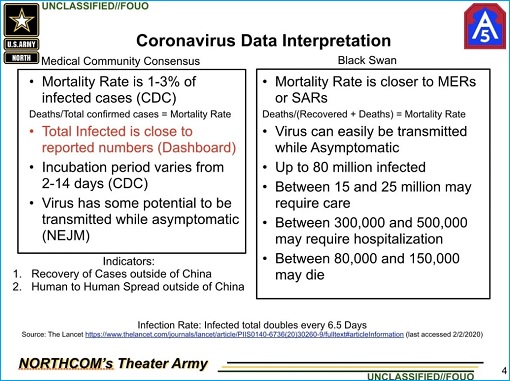
Of course, there was also the unclassified briefing document on the Coronavirus – “Black Swan” analysis – prepared by the U.S. military showing that as early as Feb 3, the Army had warned the White House that the pathogen could kill between 80,000 and 150,000 Americans. And what was Trump doing for the entire month of February?
In the same breath, perhaps the Trump administration should explain why scientists of the University of Cambridge in the UK together with researchers from Germany had discovered that Americans who had lived in Wuhan had “type-A” of Covid-19, the root of the outbreak, but most of the Chinese infected in Wuhan had the “type-B”, which can’t exist without type “A”.
Still, no matter how you argue with Trump, he would not admit his mistakes. Together with Secretary of State Mike Pompeo, who was a former CIA chief, the U.S. president still insists that the Chinese government was responsible for the global pandemic, accusing China of intentionally concealing the severity of the Coronavirus from the international community.
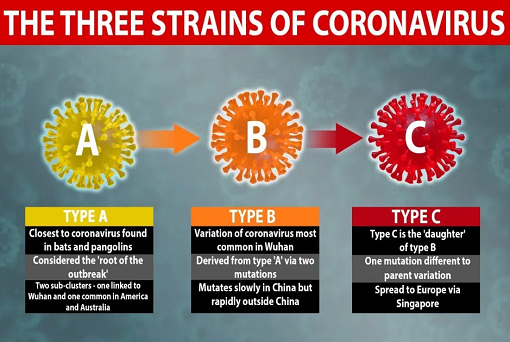
It’s not hard to understand why Donald Trump must consistently blame the Chinese. Besides allowing him the space to divert attention from his own incompetence and arrogance so that he (hopefully) would not be humiliated in the November re-election, blaming the Chinese communist government is a powerful tool to fulfil his political agendas and legacies.
Yes, depending on which angle you look at it, blaming China for Coronavirus is either a clever strategy hatched by a master strategist or a dirty trick cooked up by a sore loser. After a 2-year trade war, the U.S. and China finally signed a trade deal – “Phase One” – in the middle of January. As a result of 76 days of lockdown due to Covid-19, the Chinese economy suffered tremendously.
The world’s second biggest economy shrank 6.8% in the first quarter of the year – the first time China’s economic powerhouse has ever experienced a contraction since 1987. That obviously has created doubts whether the country could actually fulfil its promise to purchase US$200 billion in U.S. goods over the next 2 years.
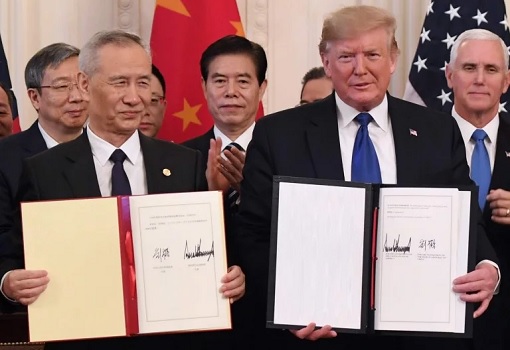
To meet the US$200 billion numbers, the “Phase One” deal says Beijing will buy US$77 billion in 2020 and US$123 billion in 2021 of additional American products. Therefore, in theory, the U.S. exports to China should skyrocket to US$263 billion in 2020 and US$309 billion in 2021 (based on a 2017 baseline, the year China bought US$186 billion of goods and services).
After the deal was signed in January, Donald Trump was so delighted that the president blew his own trumpet, claiming that he was the only “chosen one” who can successfully pressure China for more concessions. In return for signing the “Phase One” deal, Washington agreed to cut tariffs on US$120 billion in Chinese goods by half – from 15% to 7.5% – and scrapped other planned tariffs.
But the promise to buy US$200 billion of American goods over the next 2 years already looked quite impossible at that time, said most of the analysts. To achieve those mind-boggling numbers, China has to divert its import from other countries to the U.S., literally putting almost all the eggs in one basket, a very risky and dumb business decision.
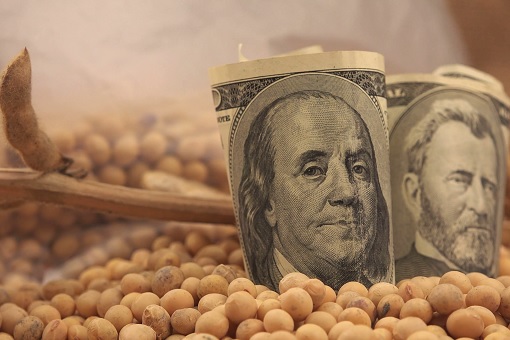
Now, Trump has threatened to terminate the “Phase One” trade deal if Beijing fails to buy US$200 billion more in American goods and services, despite China suffers economic meltdown due to Coronavirus. Clearly, the U.S. was trying to pressure China to purchase American products at a time when the Chinese don’t need them, but could help support the American economy.
Using the stick and carrot tactic, President Donald Trump leverages on the Coronavirus to blackmail President Xi Jinping to splash money buying American products. At the same time, despite the lack of proof, Washington is formulating a list of punishments to be slapped on Beijing for its so-called irresponsible behaviour of letting the outbreak gets out of control.
One of the punishments includes economic sanctions, a dangerous option which could make the already sagging global economy worse if recklessly triggered. But nothing beats another crazy idea of Trump’s – to unilaterally cancel U.S. debt owed to China amounting to an eye-popping US$1.1 trillion. Yes, the superpower United States may tell China that it won’t pay its own debt after all.
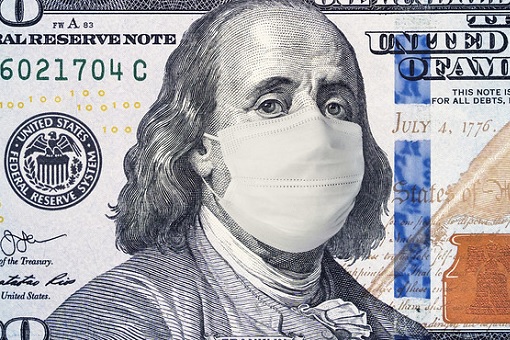
Again, using Coronavirus as an excuse, Trump administration could play dirty by refusing to pay its debt. The tactic in the proposal is to blame China for the spread of the virus and forces the Chinese to pay financial compensation through cancellation of American debt. However, it could just be one of Trump’s political gimmicks to scam millions of his gullible supporters.
Still, the prospect of President Trump throwing a tantrum and forcefully write off US$1.1 trillion of debt was enough to spook China, and international community for that matter. Beijing may reduce (or has already started disposing, quietly) its massive holdings of U.S. Treasury securities in response to potential trade tensions once again.
With a crazy and panicked president like Trump in the Oval Office, Beijing would be silly not to pre-emptively reduce its financial losses – selling the I.O.U. papers. Heck, Trump and his officials reportedly have even discussed in private about stripping China of its “sovereign immunity“, with the objective to enable the U.S. government or victims to sue China for damages.
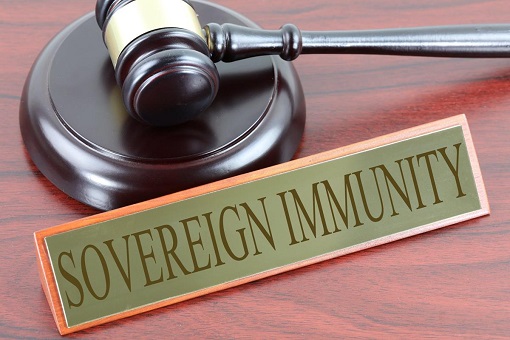
But cancelling debt you owed to other people is a disgusting and deplorable act of a sore loser. To deliberately default the debt owed to China, however, could backfire as it would certainly destroy international investors’ faith and trust in the U.S. government. Who in their right mind will buy American debt papers knowing they could become worthless any time the U.S. don’t feel like paying its bills?
Of US$3 trillion in China’s foreign reserves, about one-third is held in U.S. Treasuries. But if Trump decides to slap economic sanctions, there will be zero incentive for China to play nice as it can no longer earn greenbacks from its exports to the U.S. That alone will force Beijing to retaliate – flooding the financial market with its U.S. Treasuries for sale, leading to chaos and a potential collapse in the U.S. dollar.
For now, China will probably stop purchasing the U.S. debt papers entirely, reducing its holdings as the old one expires. That would put pressure on the sale of U.S. new debt papers and make borrowing more expensive due to soaring interest rates. Nevertheless, unloading the U.S. government debt with an intention to crash the U.S. dollar should be the last resort.
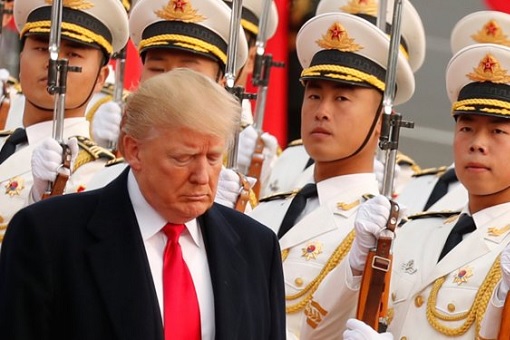
- financetwitter


No comments:
Post a Comment
Note: Only a member of this blog may post a comment.